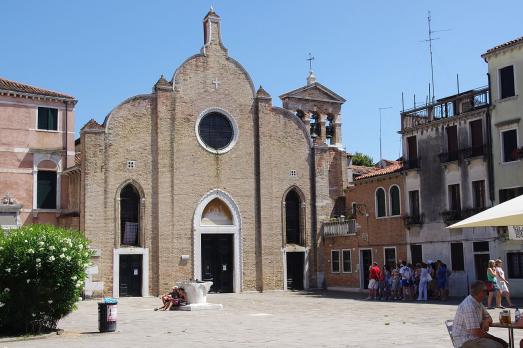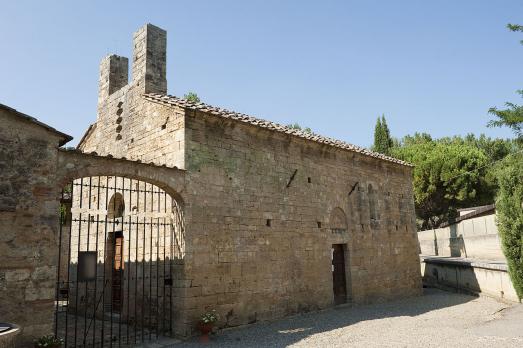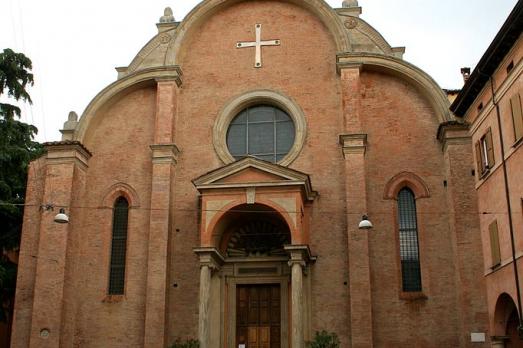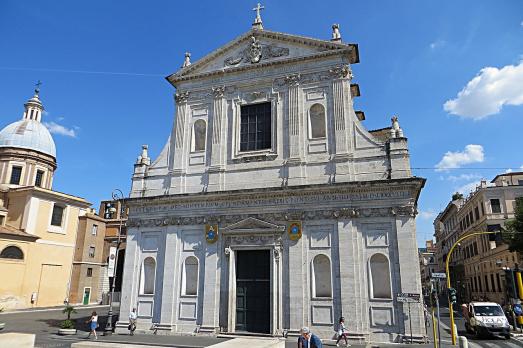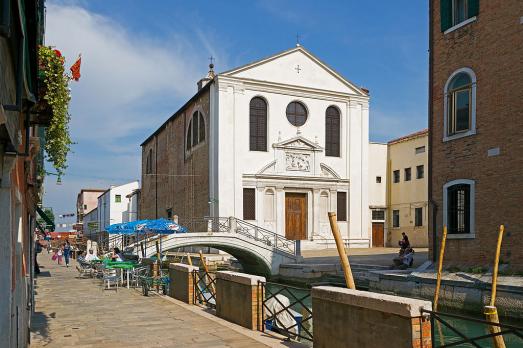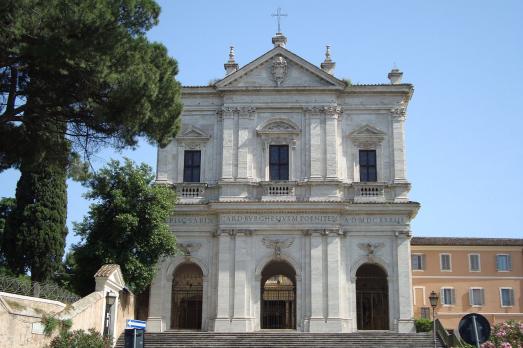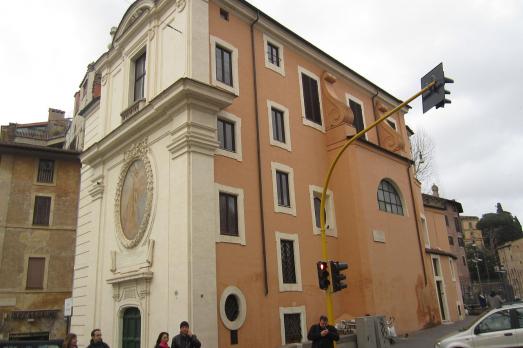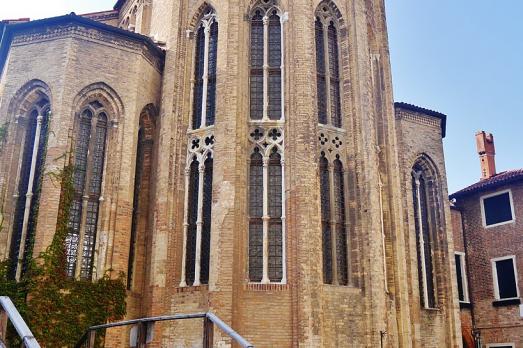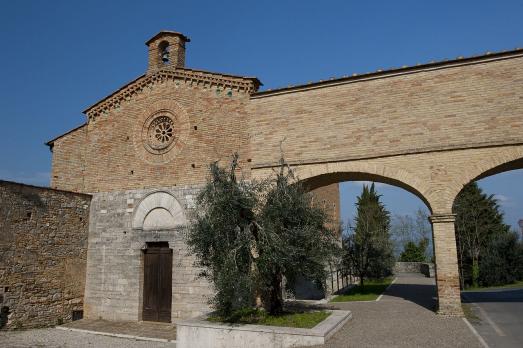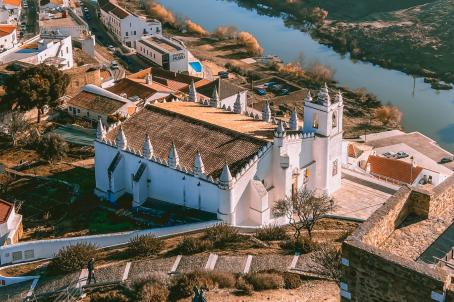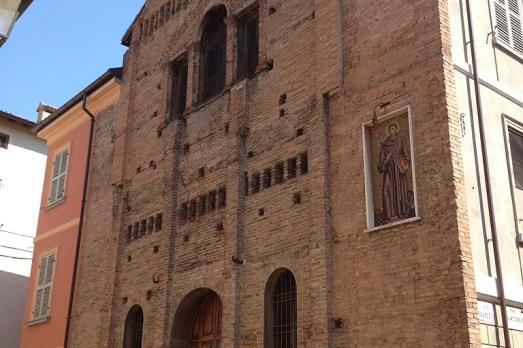
Chiesa di San Giovanni Evangelista
Reggio Emilia, IT
The church of San Giovanni Evangelista is first mentioned in the 12th century, but practically nothing has been preserved of the original structure. It was rebuilt in 1545 and, in the following century, it was frescoed by artists who later participated in the construction of the Basilica della Ghiara. In 1808 it was confiscated by the Napoleonic government and sold at auction to the merchant Luigi Trivelli, owner of the palace opposite the church. His son Giacomo used the church as a tannery and the side chapels as workshops. In 1896 the heir, Count Ferrante Palazzi Trivelli, gave the church for perpetual use to the Venerable Confraternity of the Immaculate Conception and St. Francis of Assisi.
